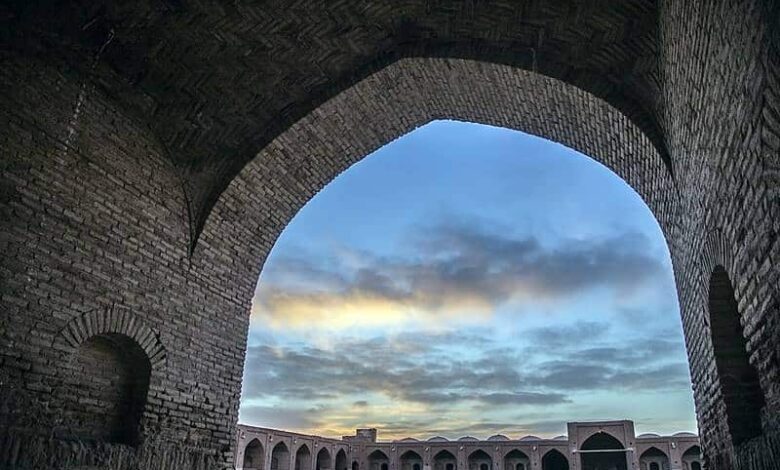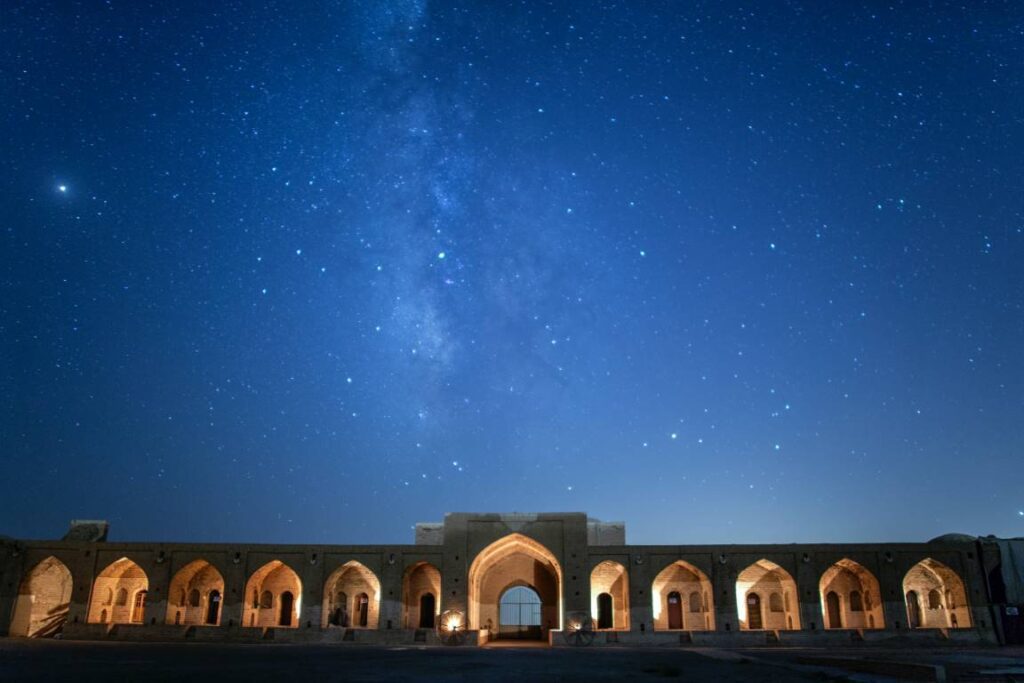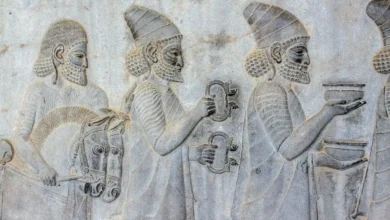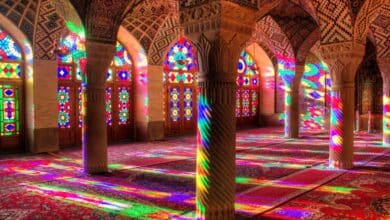Iranian Caravanserais Join UNESCO’s World Heritage

Riyadh, September 17, 2023 – At the 45th session of the UNESCO World Heritage Committee held today in Riyadh, Saudi Arabia, the iconic caravanserais of Iran have found a coveted spot on the UNESCO World Heritage List.
Contents
Ancient Iranian Architecture Celebrated
A rigorous evaluation process led to the selection of 54 historical caravanserais spread across 24 provinces in Iran. These unique sites are a glimpse into Iran’s rich architectural heritage and represent a mere fraction of the hundreds of similar historical landmarks. Through history, these structures have showcased the ingenuity of Iranian architects, with each of the 54 sites boasting a distinct design, resulting from comparisons of up to 200 caravanserais.

The caravanserais are not just architectural marvels but also integral to Iranian societal and cultural evolution. Their influence is evident in myriad forms – literature, poetry, art, music, and most prominently, architecture. Intriguingly, their distinct design seems to have inspired several other caravanserais worldwide.
Some of the remarkable caravanserais that have now received global recognition include Dirgachin, Nushirvan, Perand, Robat Sharaf, Stone Fig, and many more.
Iran’s Historical Roads: A Connective Legacy
The significance of roads in Iran is amplified by its strategic location, bridging major ancient civilizations. These roads, from the Silk Roads to the Royal Road of the Achaemenid period, have facilitated not only trade but also the exchange of ideas, culture, and beliefs.
Integral to these historical routes were functional elements such as bridges, caravanserais, checkpoints, and bazaars. The caravanserais, in particular, were not just resting spots for travelers but vibrant hubs where traders, scholars, and explorers convened. Their design showcases a deep understanding of the environment, using local materials and techniques and choosing locations that blend seamlessly with the surroundings.
Interestingly, many of today’s cities and villages surrounding these caravanserais originated from them, indicating the foundational role they played in shaping settlements.
As these caravanserais join the ranks of UNESCO’s World Heritage sites, they stand testament to Iran’s rich history and architectural brilliance, now preserved for future generations.






